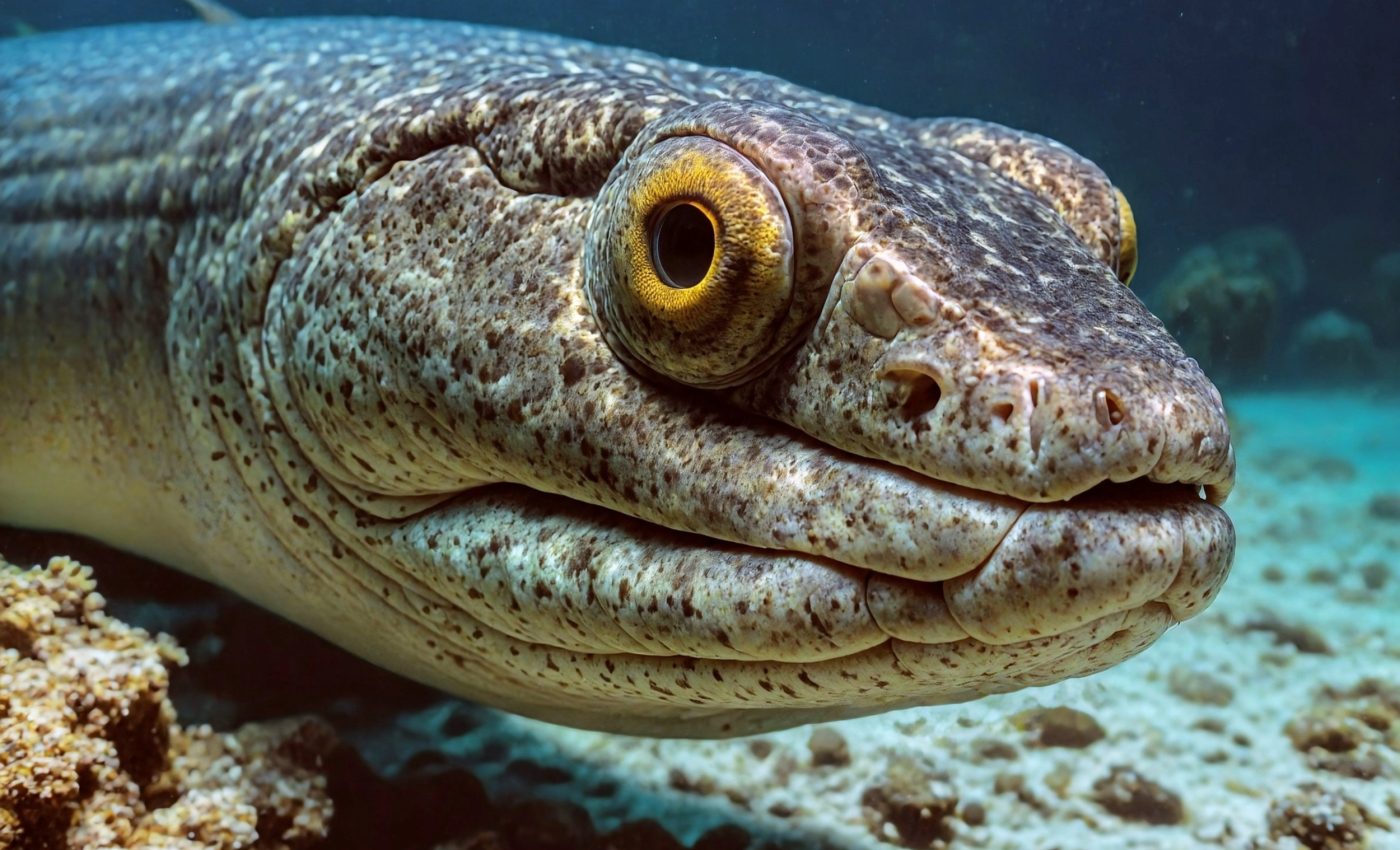
Watch eels cleverly escape from a predator's stomach
It’s a hard-knock life out there in the wild, where survival is the name of the game. Many prey species, like the eel, have developed a variety of life-saving tactics to escape becoming lunch for hungry predators. However, this time around, we’re taking a look at a survival strategy that can only be described as truly awe-inspiring.
A new study has brought something astonishing to light. The evidence, captured in an extraordinary video, reveals the daring escape tactics of juvenile Japanese eels that have been swallowed by predatory fish.
Eels make a daring escape
The fascinating discovery was made possible through the use of X-ray videography, which enabled scientists to visualize the internal goings-on of a predator’s stomach.
Contrary to instinct, the ingested eels did not panic or admit defeat. They instead orchestrated a cautious, meticulous escape by backing out of the predator’s stomach, starting with inserting the tips of their tails through the esophagus and gills, and then executing a swift pull.
“We have discovered a unique defensive tactic of juvenile Japanese eels using an X-ray video system: they escape from the predator’s stomach by moving back up the digestive tract towards the gills after being captured by the predatory fish,” said Yuuki Kawabata of Nagasaki University in Japan.
“This study is the first to observe the behavioral patterns and escape processes of prey within the digestive tract of predators.”
How do the eels escape?
There’s a background to this tale. Earlier, scientists including Kawabata and Yuha Hasegawa had discovered that Japanese eels can escape from the gill of their predator after being captured. What was unclear was how they pulled this off.
“The most surprising moment in this study was when we observed the first footage of eels escaping by going back up the digestive tract toward the gill of the predatory fish,” said Kawabata.
“At the beginning of the experiment, we speculated that eels would escape directly from the predator’s mouth to the gill. However, contrary to our expectations, witnessing the eels’ desperate escape from the predator’s stomach to the gills was truly astonishing for us.”
Back through the digestive tract
The researchers decided to take a deep dive into the predator’s body. They used an innovative X-ray videography tool to provide an inside view of the predatory fish, Odontobutis obscura.
This required injecting the eel with a contrast agent to enable visibility post-ingestion. The team devoted an entire year to capture solid video evidence that would unravel this unique escape method.
The recorded videos revealed that of the 32 eels monitored, all had at least part of their bodies swallowed into the predator’s stomachs. All but four of the eels attempted to make a daring exit by retracing their path back through the digestive tract.
Ultimately, 13 of the eels managed to get their tails out through the fish gill. Of these, nine slipped away entirely, freeing themselves from the predator’s gills in just about 56 seconds on average.
Seeking an escape route
Intriguingly, further observation revealed that the eels did not always utilize the same escape route. Some of them were seen to circle along the stomach, seemingly exploring other ways out.
The discovery marks a first – demonstrating that the Japanese eel, Anguilla japonica, can utilize a specific escape behavior from the stomach and gill of its predator.
The researchers noted that up until now, no study has uncovered the behavioral patterns and escape routes of the prey within a predator’s digestive tract.
The innovative X-ray methods applied in the study can now be utilized to delve deeper into predator-prey behaviors. In the future, the team hopes to learn more about the characteristics that contribute to a successful eel escape.
Who knows what other remarkable secrets of the animal kingdom await to be discovered? As always, science continues to surprise and delight us with new revelations about the world we live in.
The study is published in the journal Current Biology.
—–
Like what you read? Subscribe to our newsletter for engaging articles, exclusive content, and the latest updates.
Check us out on EarthSnap, a free app brought to you by Eric Ralls and Earth.com.
—–













